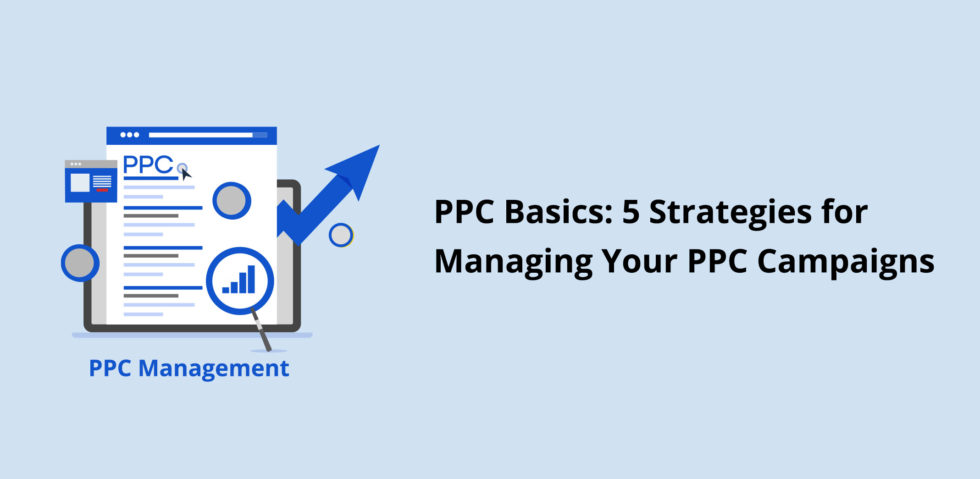Are you the owner of a start-up eCommerce firm or an ad agency company that needs to run ads for its clients?
Whomever you are or whatever you do, whether you’ve heard a little about pay-per-click (PPC) marketing or already know you want to utilize PPC to sell your business but aren’t sure where to start, you’ve come to the perfect place. With InvisiblePPC using pay-per-click just got even easier!
This article will help you understand all aspects of pay-per-click marketing. To begin, let’s explore the basics of PPC.
What is PPC?

Pay-per-click advertising is an easy and effective way of getting your website in front of people searching for products or services. With PPC, you need to pay the price to show your website on the search engine result page (SERP) when specific keywords or phrases are searched.
Your fee depends on how many people click on the advertising you create to drive traffic to your website. PPC can help you create high-quality leads when done correctly. It will help you to yield high ROI and generate more traffic.
You can use this tool to increase brand awareness while earning a reasonable profit that you might miss out on otherwise.
Benefits of PPC
1. PPC advertisements are inexpensive.
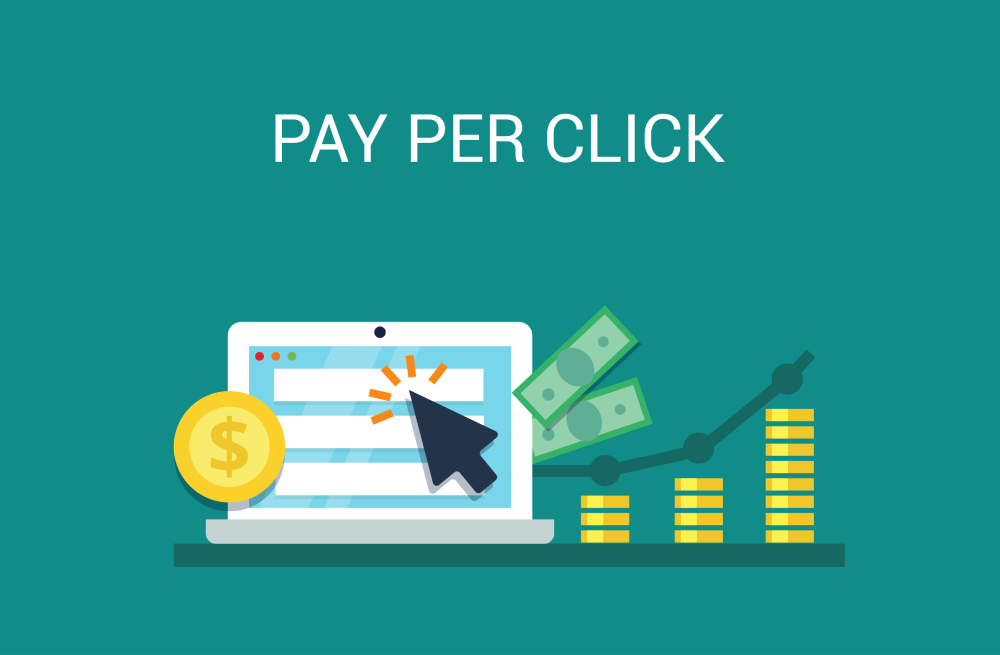
You have complete control over how much you’re willing to pay with PPC ad campaigns.
You’ll get your money’s worth because you only pay when visitors click the link leading to your website or landing page with a high possibility of conversion. Plus, you can always set a budget for how much you want to spend.
2. PPC ads generate quick results.
Although organic ranking is excellent, reaching the front page of SERPs can take months or even years.
You probably don’t have the time to wait for the effect of organic, social, or direct traffic to kick in if you’re a start-up or small firm. This is where PPC advertisements come in.
You can shoot to the top of the SERPs with optimized PPC advertising within hours of commencing your campaign. PPC can work wonders for boosting your sale in a short amount of time.
3. Complete control over PPC ads.
With PPC ads, you can easily control your targeting keywords, ad placement, and budget. You can also do A/B split tests with different advertising to determine which one delivers the best return on investment.
4. PPC ads help you target ideal clients.

PPC ads can help you avoid the wrong audiences and target the ideal users who are ready to buy your products and services.
Another effective PPC ad technique is creating retargeting campaigns targeting people who did not buy after visiting your website. Retargeting is a great way to give that little push for the future prospect through the sales funnel.
Managing Your PPC Campaigns
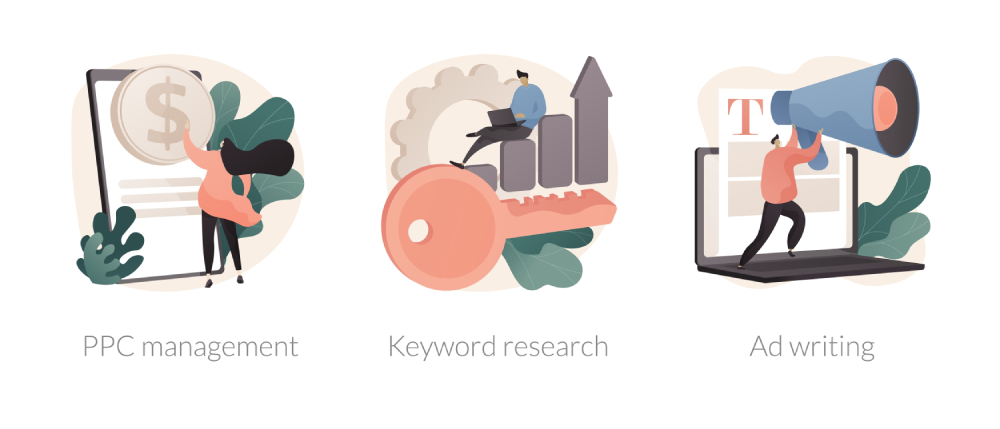
Developing a winning PPC campaign requires much work, from researching and selecting the correct keywords to optimizing those keywords into well-organized campaigns and ad groups and even creating PPC landing pages.
Advertisers who can design relevant, cleverly focused pay-per-click campaigns are rewarded by search engines like in the case of Google, which will charge you lower CPC if your ads and landing pages are helpful and attractive to users (which in return will increase your company’s profits).
So, if you want to start using PPC for the best result, you should first learn how to do it correctly. And as we know, optimizing a PPC campaign is a continuous journey, which is why we have come up with a simple yet powerful checklist that summarizes the activities you must follow to you improve your PPC strategy.
Identify your goals
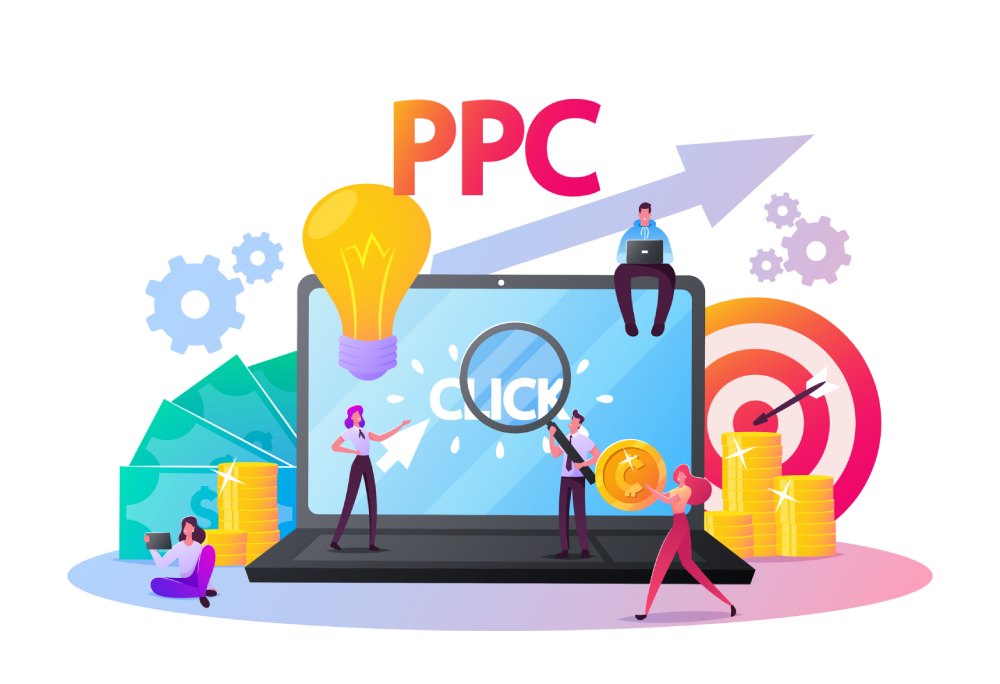
Defining your objectives for PPC is perhaps the most crucial part of developing an effective marketing strategy. There are so many PPC targeting methods accessible, both within Google ads and outside of it.
Defining your goals can guide you in selecting the right platforms and ad types best suited to your marketing needs. Some frequent PPC goals involve:
- Increase website traffic
- Generate leads
- Boost sales
- Enhance brand awareness
Audience targeting
Digital marketers use audience targeting to ensure that their ads are only shown to people who are most likely to be interested in the product/services they’re selling.
Using audience targeting, you can more accurately control who sees your ads. You can target consumers all over the internet by using audience targeting based on their online behavior, like their interests, likes, and purchasing habits.
Improve your landing pages
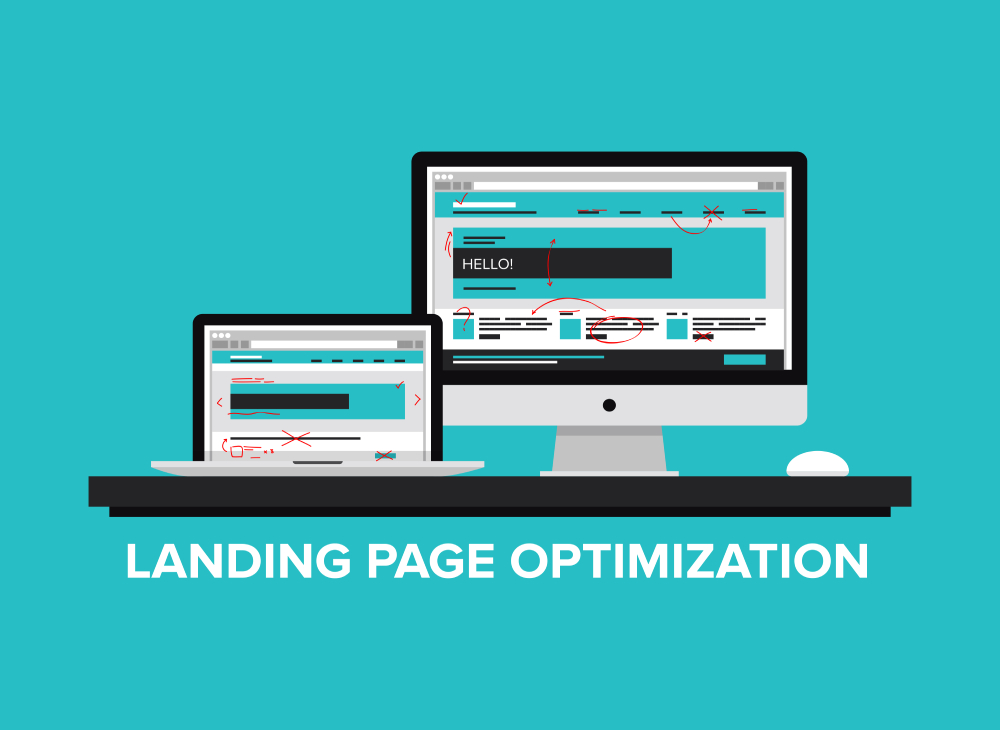
Creating custom landing pages for your ads can be challenging when targeting a large number of keywords. However, leading people to your main website or an ineffective landing page wastes your ad budget.
Not only are page visitors less likely to convert, but their on-site activity might also result in lower Quality Scores (which you definitely don’t want).
The most effective PPC managers establish a solid link between audience targeting and landing page optimization. The more relevant a landing page is to the initial search intent or target demographic interest, the more likely site visitors will click through, join up, make a purchase, and so on.
Design your ads carefully
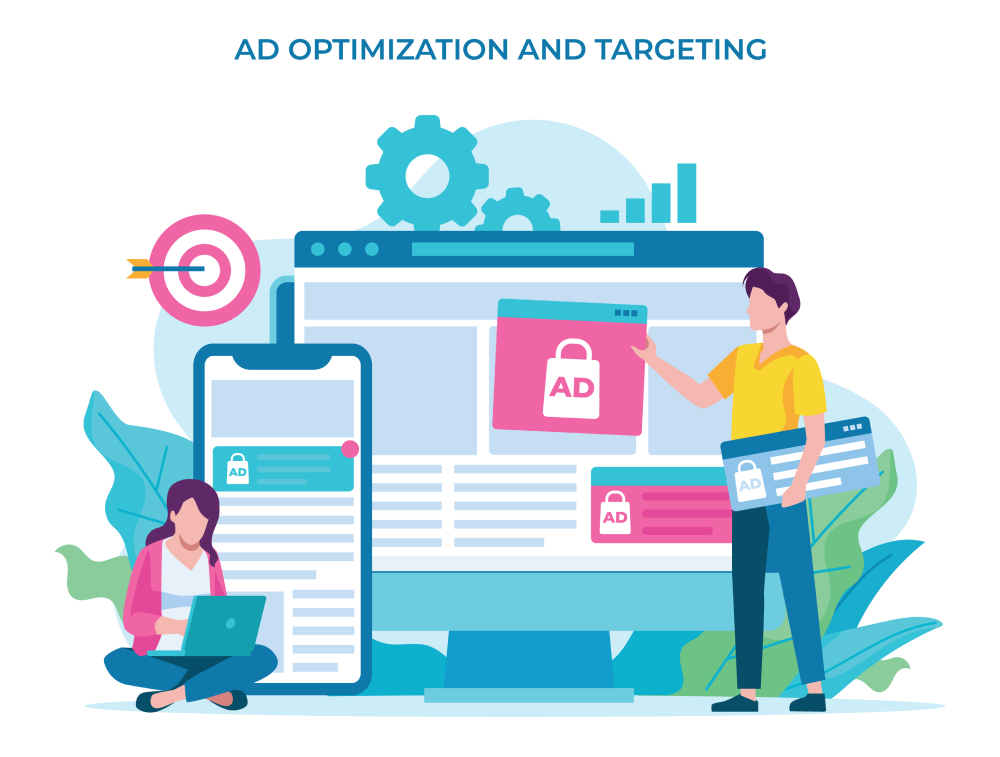
After you’ve set your audience targeting and generated relevant landing pages, you’re ready to create and optimize your advertising.
Your ads should bridge your audience’s search intent and the landing pages (that you’ve already optimized). The idea is to provide value while quickly illustrating your unique selling proposition (USP).
You should experiment with different copy, visual media, extensions, and other components to optimize your advertising.
Keeping track of key metrics
Once you utilize the relevant tools, optimize your ads, etc., and are done with the points mentioned above, it’s time to rest your focus on critical metrics to assess the effectiveness of your ad
Here are some key metrics to consider for search, display, or social ads (depending on your campaign goals):
- Click-through rate (CTR)
- Conversion rate
- Cost per click (CPC)
- Cost per acquisition (CPA)
- Quality Score (For Google Ad)
- Return on ad spend (ROAS)

